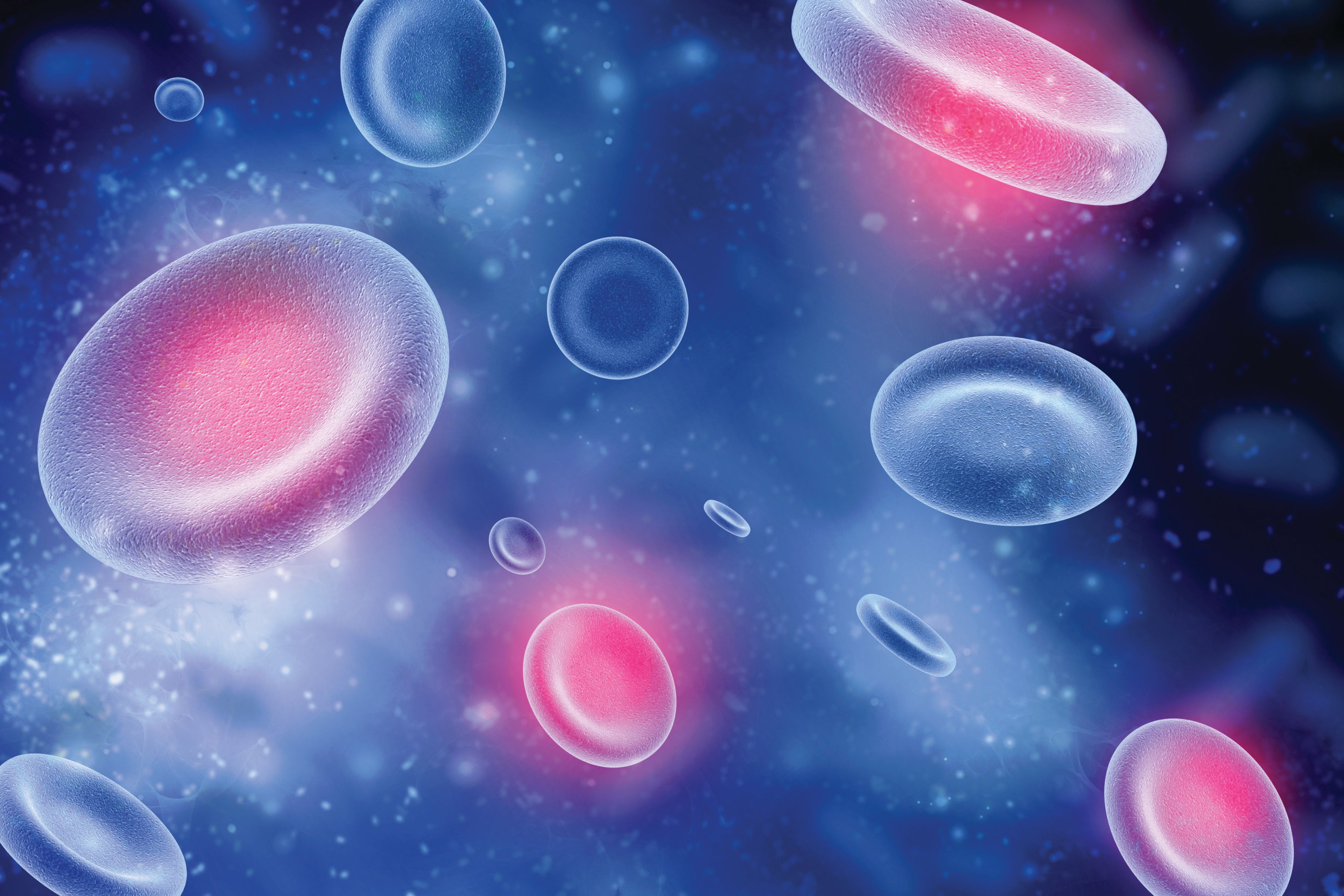FDA Requests More Clinical Data for Hypericin Sodium NDA in CTCL
The FDA expresses openness towards having protocol discussions with investigators on initiating a second clinical study evaluating synthetic hypericin sodium for cutaneous T-cell lymphoma.
The FDA has requested additional clinical data from investigators before it will accept a new drug application (NDA) for synthetic hypericin sodium (HyBryte) as a treatment for patients with early-stage cutaneous T-cell lymphoma (CTCL), according to a press release on a Type A meeting between the regulatory agency and Soligenix, Inc.1
In the phase 3 FLASH study, hypericin yielded an improvement in index lesion response rates vs placebo in patients with cutaneous T-cell lymphoma.

During the Type A meeting, representatives discussed the contents of a refusal to file letter that the FDA previously issued in February 2023.2 The second phase 3 trial would provide additional data in addition to data from the phase 3 FLASH study (NCT02448381), which compared synthetic hypericin sodium with placebo in patients with CTCL. Investigators agreed to collaborate in discussions with the agency to define the protocol and feasibility of initiating a second trial.
According to findings from the FLASH study previously published in JAMA Dermatology, hypericin yielded an improvement in index lesion response rate (ILRR) at 16% compared with 4% with placebo after 1 cycle of treatment (P = .04).3 Additionally, the ILRR increased to 40% after cycle 2 (P <.001 vs cycle 1 hypericin) and 49% after cycle 3 (P <.001 vs cycle 1 hypericin) for those receiving hypericin.
Investigators also reported significant clinical responses in both patch and plaque type lesions regardless of age, sex, race, stage IA vs IB disease, time since diagnosis, and number of prior therapies.
“While we are surprised that the FDA did not accept our submitted NDA for filing and review, it was very clear that the FDA's thinking has evolved in evaluating CTCL therapies since our initial protocol discussions on [the phase 3 FLASH study] and that another phase 3 study will be required to support an NDA for [synthetic hypericin sodium],” Christopher J. Schaber, PhD, president and chief executive officer of Soligenix, said in the press release.
“During the Type A meeting, we discussed elements of protocol design for the additional confirmatory study and look forward to collaborating with the FDA to advance these discussions as quickly as possible to have a reasonable study design to meet the FDA's requirements.”
In the multi-center, placebo-controlled, double-blinded phase 3 FLASH study, investigators randomly assigned patients 2:1 to either receive hypericin or placebo to 3 index lesions twice a week for 6 weeks. In cycle 2, all patients received active treatment for 6 weeks to index lesions. In an optional third cycle of treatment, both index and additional lesions received active treatment for 6 weeks.
The primary end point of the trial was the ILRR, defined as a 50% or greater improvement in modified Composite Assessment of Index Lesion Severity score from baseline. Secondary end points included open label response rates observed in cycles 2 and 3 of treatment.
Patients 18 years and older with a clinical diagnosis of stage IA, IB, or IIA CTCL were eligible for enrollment on the trial. Additional inclusion criteria included having a minimum of 3 evaluable lesions and willingness to refrain from sunbathing for the duration of the study.
Patients with a history of sun hypersensitivity and photosensitive dermatoses were not able to enroll on the study. Patients were also unsuitable for enrollment if they had unhealed sunburn or received topical steroids for CTCL within 2 weeks of beginning study treatment.
References
- Soligenix provides regulatory update on HyBryte™. News release. Soligenix, Inc. April 14, 2023. Accessed April 17, 2023. bit.ly/3GPQWJ8
- Soligenix receives refusal to file letter from U.S. FDA for HyBryte™ New Drug Application in the treatment of cutaneous T-cell lymphoma. News Release. Soligenix, Inc. February 14, 2023. Accessed February 15, 2023. https://bit.ly/3E9eSpC
- Kim EJ, Mangold AR, DeSimone JA, et al. Efficacy and safety of topical hypericin photodynamic therapy for early-stage cutaneous T-cell lymphoma (mycosis fungoides): the FLASH phase 3 randomized clinical trial. JAMA Dermatol. 2022;158(9):1031-1039. doi:10.1001/jamadermatol.2022.2749
Newsletter
Stay up to date on recent advances in the multidisciplinary approach to cancer.
Highlighting Insights From the Marginal Zone Lymphoma Workshop
Clinicians outline the significance of the MZL Workshop, where a gathering of international experts in the field discussed updates in the disease state.
Expanding Horizons in T-Cell Lymphoma Therapy: Focus on Personalized Treatment Strategies
Several lymphoma experts discuss the current T-cell lymphoma landscape, the need for new therapies, and ongoing research in the space.